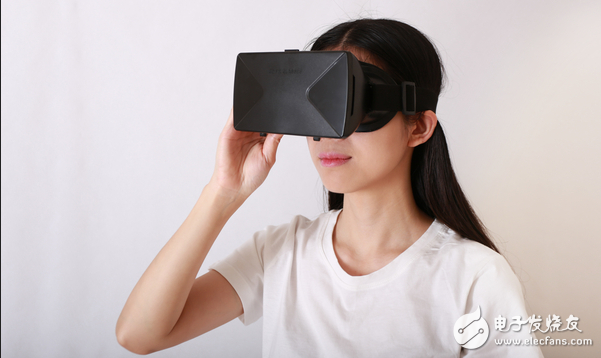The current mobile VR is no longer as dizzy as it used to be. Of course, we can't achieve the same quality as Oculus Rift and PSVR. But technology is growing rapidly, which allows us to cut off annoying cables. But the boom in mobile VR has brought us new thinking about the 6 degrees of freedom in the virtual world. Being free to walk in space (with certain restrictions) makes HTC Vive the most attractive system on the market today, but the location tracking used is not necessarily for everyone. Oculus offers similar features, but they are investigating an inside-out tracking that provides more mobility without cables. In fact, we have experienced the Santa Cruz prototype at the OC3 conference last year. You may have heard about inside-out and outside-in tracking, and you may even know what they mean. But what are the specific advantages and disadvantages of the two? Which tracking method will we use in the next 10 years? If you have tried the "Big Three" system (Oculus Rift, HTC Vive and PSVR), you have already experienced external tracking. Both the head display and accessories are tracked by external devices. The Vive is tracked by the Steam Navigator, while the Oculus Rift is tracked by a microphone-like sensor, similar to the Oculus system. In all three settings, the sensors need to be placed in different locations in the room and then identify the position of the head relative to the environment. Although this is very common in high-end systems, some mobile VRs also track solutions out of the experiment. · The outbound solution remains fixed and is the most accurate system available today. You can also add more trackers to your room to improve accuracy. · The current outbound tracking has a lower latency, which reduces your chance of motion sickness. Outbound tracking will continue to be the most powerful tracking solution unless other solutions achieve similar tracking quality. Therefore, this tracking scheme also has certain advantages for mobile VR. · A major limitation is occlusion. If you suddenly walk to the back of a sofa or tall plant and stay away from the sensor's line of sight, the system will have a hard time tracking your location. The sensor needs to effectively track you 360 degrees, otherwise the system will lose track of you. · Another major issue is the limitations of the sensor. Unlike the inside and outside tracking, you need to stay within the sensor's field of view. Once you are out of scope, immersion will be broken. This problem will be more prominent if the space set by the VR is limited. In this scenario, the device itself integrates a tracker that can detect changes in the device's position relative to the external environment. When the head is moved, the sensor will re-adjust the coordinates of the position in the room, which gives the impression that you are moving in real time in the virtual environment. Internal or external tracking can use tags or not. While head-ups like the little bird Neo CV give you the freedom to use, you can also take a look back at the picture of the Valve demo room. To assist in tracking inside and outside, they covered a lot of blank marks on the walls. There are already companies offering attractive internal and external tracking solutions, including Qualcomm's 835 reference head display. Eonite also showed their internal and external solutions. They attached a sensor to the HTC Vive head display. Although the head display still requires a cable connection to the computer, we are free to walk in the virtual world without any external sensors. The best-known should be Microsoft, HoloLens and the upcoming Windows Mixed Reality Header will integrate internal and external tracking, including Acer's "mixed reality" head-up. Guangzhou Ruihong Electronic Technology CO.,Ltd , https://www.callegame.com
